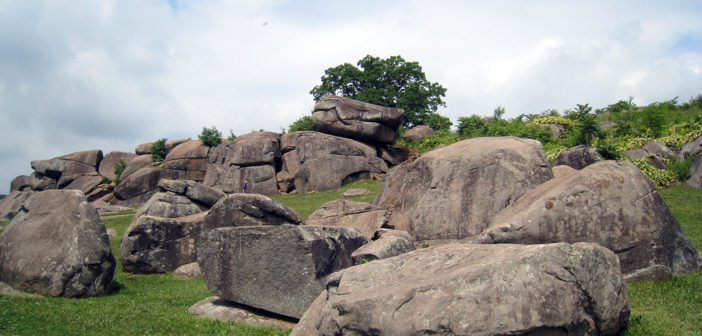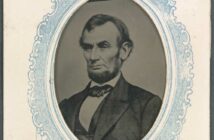The second day dawned with the Union forces occupying the key terrain at Cemetery Hill, Culp’s Hill and portions of Cemetery Ridge. The famed fishhook-shaped Union defensive position had begun taking shape. Through the course of the day, the position was expanded in length and in depth as additional infantry and artillery units arrived on the field.
Concurrently, the early morning hours of the second day found Confederate forces occupying the town and ground to the east along Hanover Road and to the west along the northern portion of Seminary Ridge.
Following an early morning reconnaissance by one of his staff officers, Confederate Commander Gen. Robert E. Lee ordered a main attack against the Union left on Cemetery Ridge, with concurrent supporting attacks against the Union right at Culp’s Hill and the Union center at Cemetery Hill.
Although Lee had wished for these attacks to be made as soon as possible, much needed to be done in order for the attacks to be actually carried out. The infantry had to be moved into proper attack positions and artillery units had to reposition in order to support the infantry attacks.
The two infantry divisions of Lt. Gen. James Longstreet’s Confederate I Corps had the furthest to go in this repositioning of forces. Beginning their movement late in the morning, they marched southeast from just behind the first day’s battlefield to their intended attack positions on the southern portion of Seminary Ridge, just west of the Emmitsburg Road.
However, midway along the march, Confederate commanders soon realized that the chosen avenue of approach would expose their movement to the view of Union forces on the opposite high ground of Cemetery Ridge. Not wanting to compromise the element of tactical surprise in their attack, the Confederate forces retraced their steps and followed a different avenue of approach into their attack positions. It was 4 p.m. before Longstreet’s infantry was ready to attack.
Thus, eight hours had elapsed between the time the attack was ordered and the time the attack could be conducted. In that interval of time, the Union positions to be attacked were further strengthened. Moreover, the daylight hours needed by the Confederates to exploit any success gradually faded away.
Once begun, the Confederate attack against the Union left was carried out with an unmatched ferocity, in what Longstreet described as “the best three hours of fighting ever done by any troops on any battlefield.” The sites of the major engagements are still there today to be inspected by battlefield visitors: the Peach Orchard, the Wheatfield, Devil’s Den and Little Round Top.
Yet, in spite of their best efforts and determination, the attacking Confederates could not break the left of the Union main line of defense. While achieving partial success, the supporting attack against the Union right at Culp’s Hill proved to be too little, too late, and the supporting attack against the Union center never materialized.
The second day of fighting ended with Union forces still in possession of their strong defensive position on the upper part of Culp’s Hill, on Cemetery Hill and down Cemetery Ridge to the Round Tops. As they did the night before, the surviving soldiers on both sides rested as best they could while their commanders contemplated what the third day at Gettysburg would bring.




